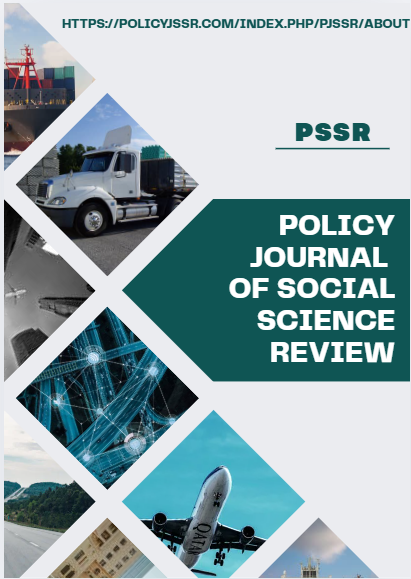"ALIGNING TEACHING STRATEGIES WITH INCLUSIVE GOALS FOR CHILDREN WITH AUTISM SPECTRUM DISORDER: CLASSROOM PRACTICES IN MAINSTREAM SCHOOLS"
Abstract
This study examined the arrangement of teaching strategies aimed at achieving inclusive educational objectives for children with Autism Spectrum Disorder (ASD) in mainstream classrooms. Utilizing a quantitative and clear inquiry plan, information was collected from 230 instructors through a self-developed survey centered on the recurrence, sorting, and viability of comprehensive homes. We administered the test to a diverse group of teachers, selected through simple random testing, to ensure a wide representation. Discoveries have shown a solid commitment to comprehensive procedures, especially in adjusting instruction, applying evidence-based interventions, and comprehensive lesson arranging. Measurably critical contrasts have risen based on instructional involvement, position, and age, whereas scholarly capabilities and sex appeared to have no noteworthy effect. Instructors in standard schools detailed higher comprehensive home levels than those in uncommon instruction centers, with provincial instructors appearing to have somewhat higher scores than urban partners. This finding points out that it takes a focus on professional development and enhanced collaboration to effectively support inclusive integrity. These findings have implications for policy, teacher training, and classroom implementation in inclusive education.
Keywords: Teaching Strategies, Inclusive Goals, Children, Autism Spectrum Disorder, Classroom Practices, Mainstream Schools.





